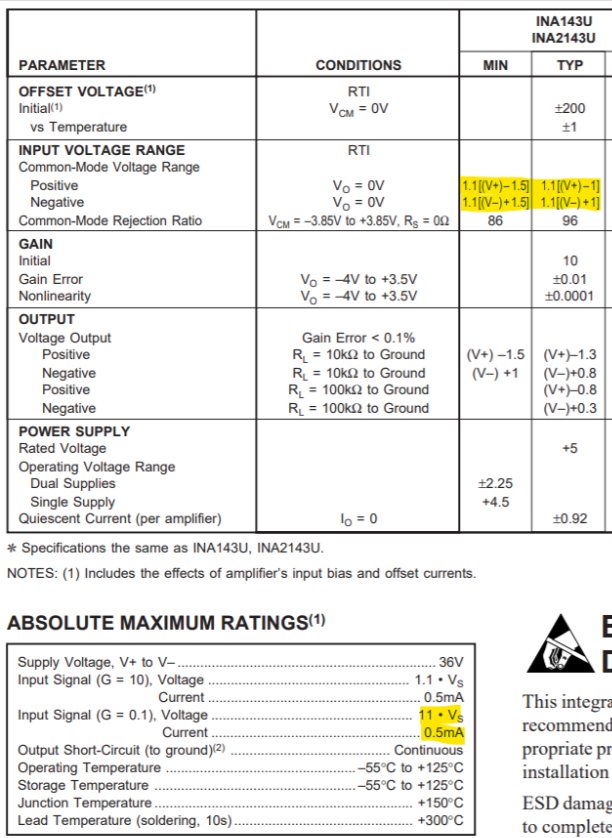I have an application where I receive 20V RMS sine wave and I am planning to use INA413 to attenuate to 2 V RMS. Simulation works fine. I wish to see the impact on output, when power supply to op amp is turned off and inputs are applied. Will it damage the IC? Can we somehow check this effect in TINA?
-
Ask a related question
What is a related question?A related question is a question created from another question. When the related question is created, it will be automatically linked to the original question.


